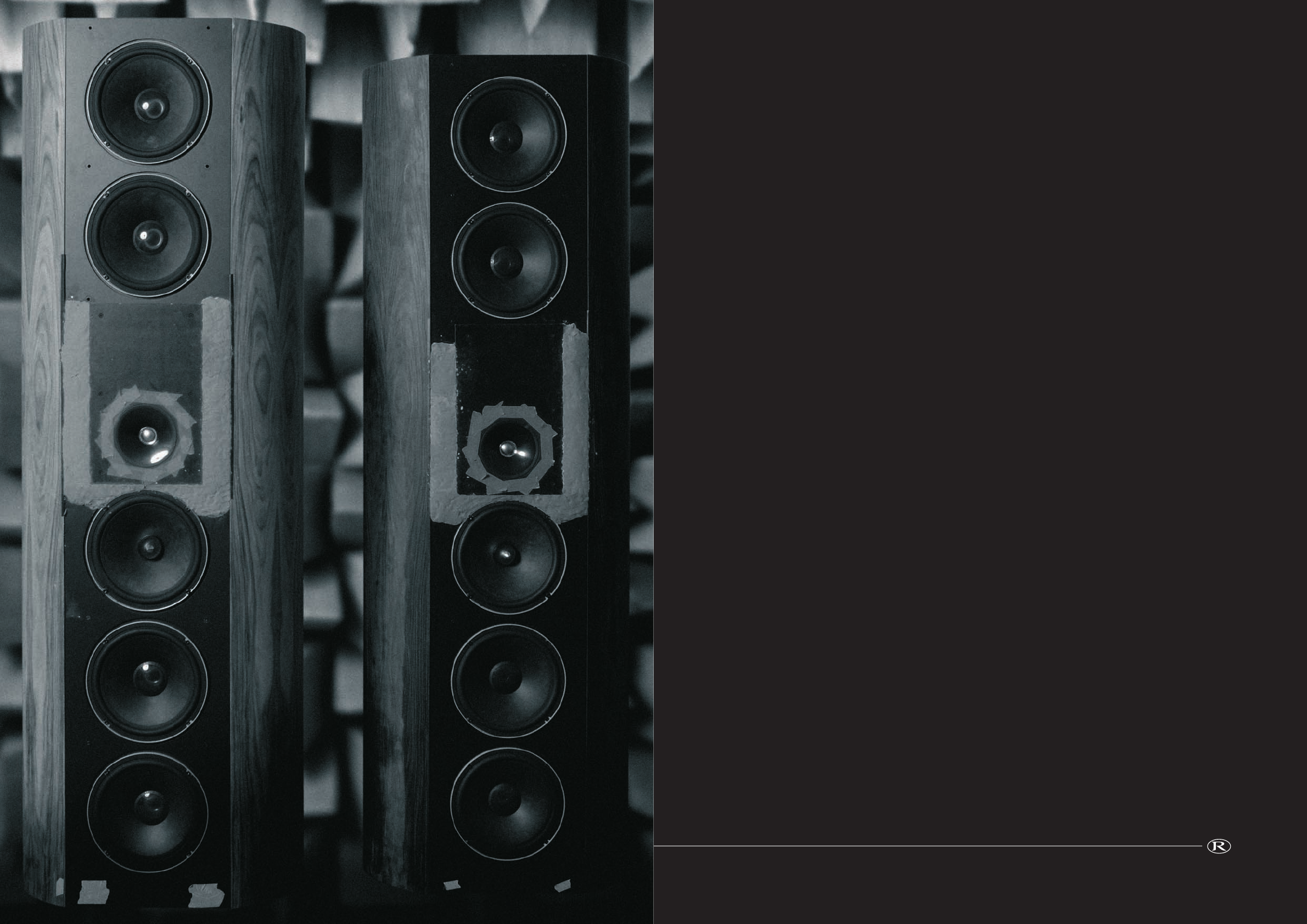
35
The millennium ushered in a new era of
groundbreaking audio innovation.
Among the most important was the launch of a
new Reference Series - the forerunner of today’s
design - in 2002. This redefined the benchmark
for high-end loudspeakers by incorporating
signature KEF technologies such as Uni-Q and
the ‘pod’ concept.
The decade had begun with the introduction of a
product destined to become a design icon in its
own right: the KHT (KEF Home Theatre) 2005
system. With satellite loudspeakers nicknamed
‘KEF eggs’ because of their distinctive
elliptical shape, KHT2005 represented a real
breakthrough not only in terms of the build
quality and sonic performance that it offered
but at a price that many found “very reasonable
indeed”.
With the rising demand for home entertainment
systems, the KHT series steadily grew to
encompass both smaller and larger variants.
The concept proved a worldwide success,
with all models earning enthusiastic reviews and
a plethora of awards, and the expanded range
remains popular today.
Another patented KEF innovation of the 21st
century was Acoustic Compliance Enhancement,
or ACE. This technology was developed in the
constant quest to resolve a fundamental dilemma
of loudspeaker design: how to optimise the
trade-off between the large cabinet size required
for maximum bass extension and popular
demand for smaller, less obtrusive loudspeakers
in modern living rooms.
ACE largely succeeded in overcoming these
conflicting constraints by adding granules of
activated carbon inside the driver enclosures.
By a molecular process known as adsorption,
the presence of the granules makes each
enclosure sound twice as big as it actually is.
Yet more KEF innovations soon followed.
The KIT (KEF Instant Theatre) concept, for
example, proved an immediate hit - an integrated
multimedia home entertainment system for
consumers who want a complete, user-friendly
package that offers quality sound without being
complicated to set up.
One of the most revolutionary aspects of the
design is that it delivers the apparently
impossible: a three-dimensional surround sound
image from only two loudspeakers. This was
achieved by adding two flat panel drivers behind
each front loudspeaker driver to act as rear
loudspeakers by radiating the sound behind
the listening area. This radical concept has
since been applied to other KEF home
entertainment products.
The launch of the new Q Series in 2005
further strengthened KEF’s position as an
acknowledged market leader in mid-priced
audiophile quality loudspeakers. With its high
performance Uni-Q driver array, distinctive
curved cabinets and outstanding build quality and
finish, the new range was soon being referred
to as “the baby Reference”.
Since then though, the Reference has evolved
further still. True to our vision and roots as
high-end audio designers, KEF engineers have
been concentrating on raising the bar in terms of
ultimate sonic performance. And the result,
it has to be said, is outstanding. When the latest
KEF Reference technologies were showcased at
the prestigious High End 2006 audio show in
Munich, prototypes for our new ‘Austin’
(pictured opposite) concept loudspeakers were
voted by some the best sound of the show in
independent comparative tests.
Now as in ‘61, it’s all about greatness by design.
The 2000’s


















